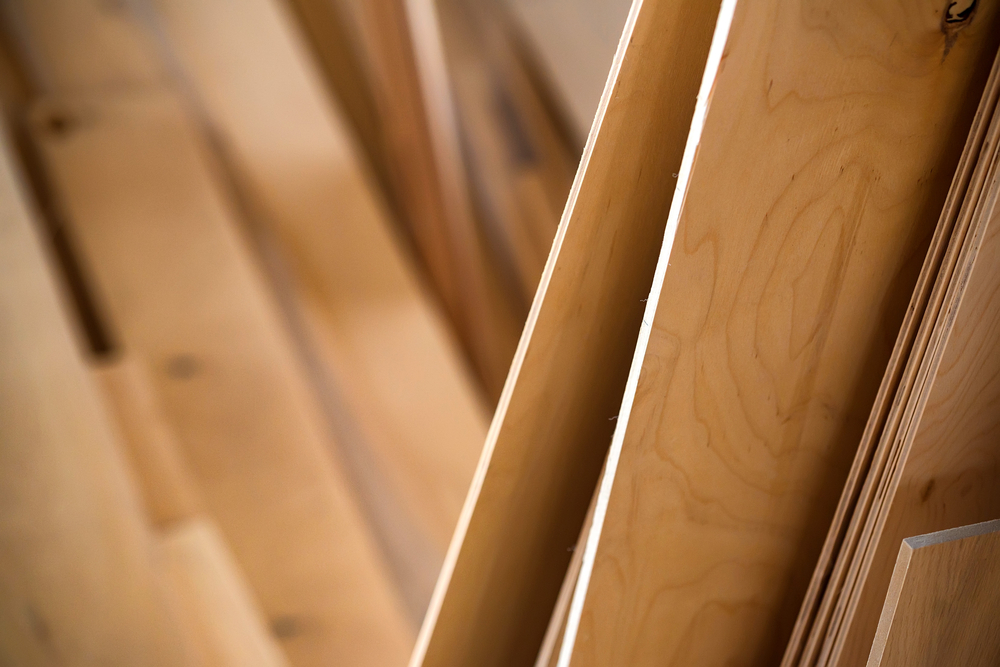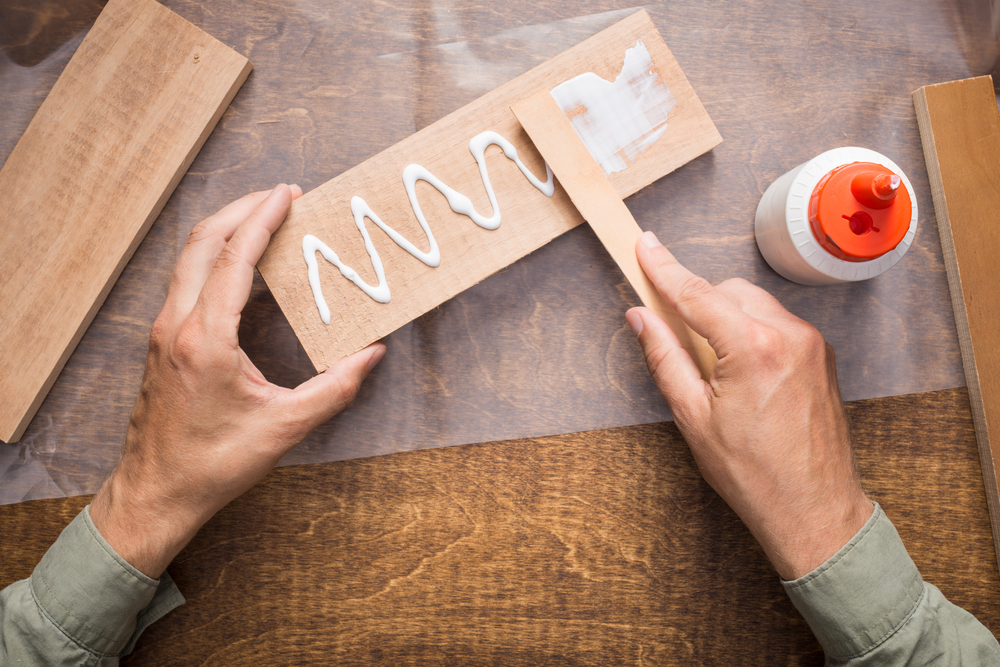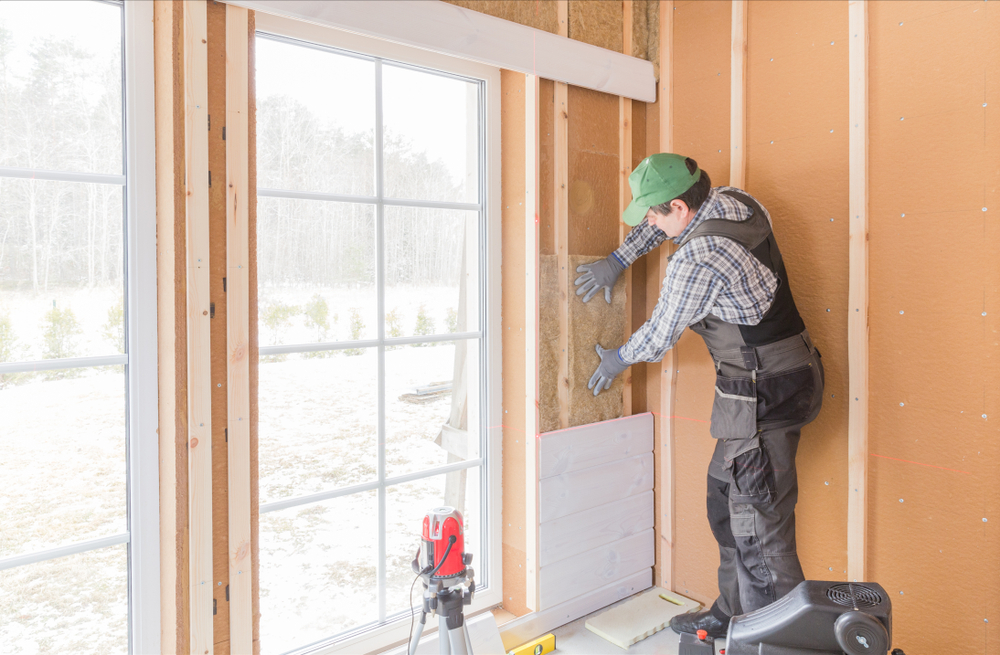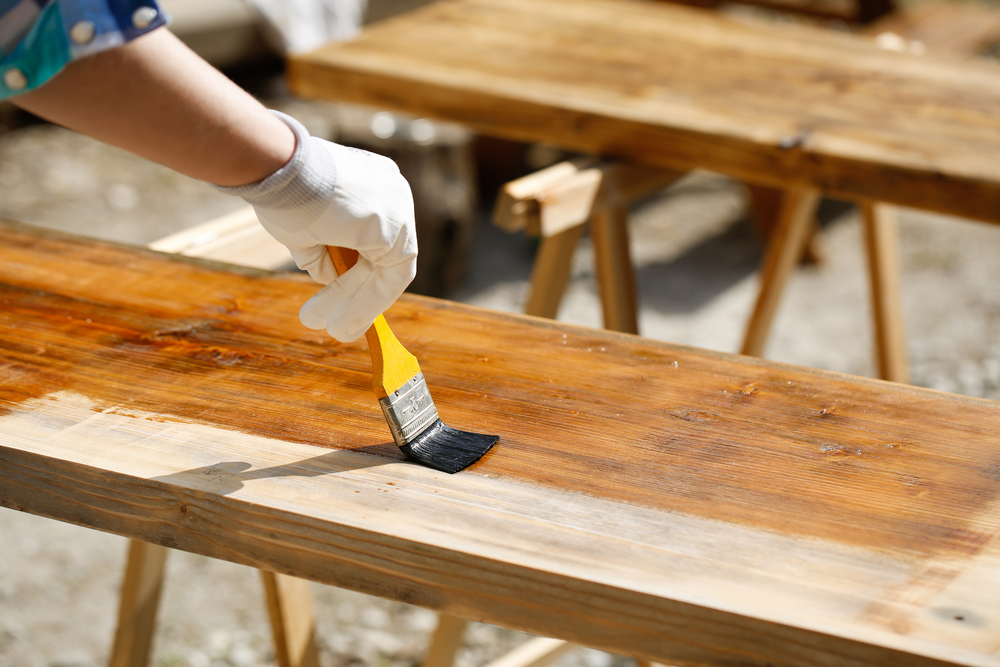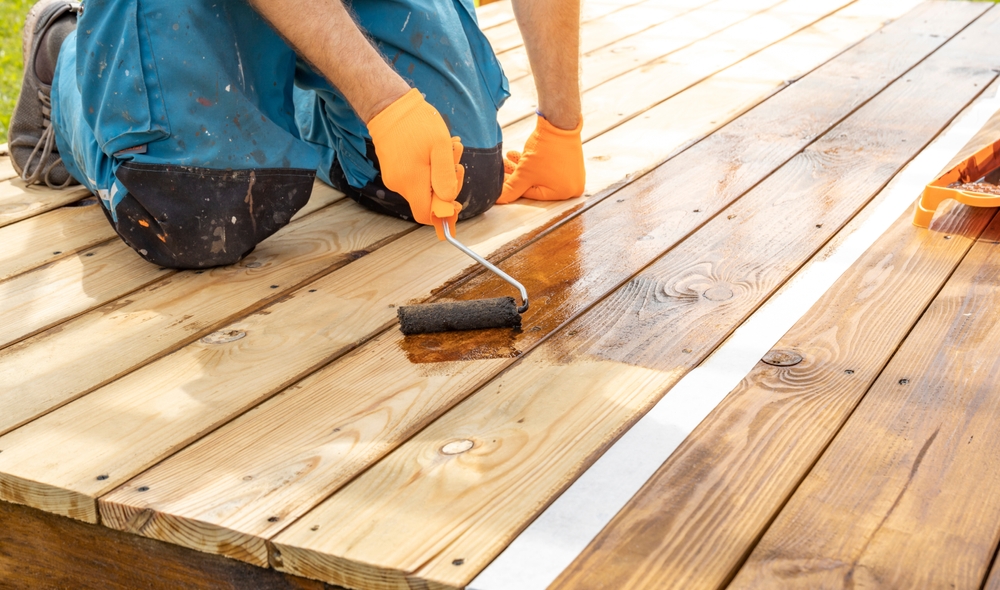## What Does Termite Poop Look Like?
Termites are fascinating yet notorious creatures. They play a crucial role in natural decomposition but also can be destructive to man-made structures. Understanding their biology, behavior, and signs of infestation can help in managing their impact. One often overlooked sign of termite activity is their feces or frass.
Termite droppings vary by species but provide essential clues. Drywood termites, for instance, excrete frass that resembles small, granular pellets. These pellets are usually hard, similar in size and shape to tiny grains of rice. They come in several colors including tan, brown, and black, reflecting the wood they’ve consumed. Each pellet has six concave sides and rounded ends. These geometric shapes are a unique identifier.
Subterranean termites have a different story. Their waste is usually liquid because they use their droppings to build and reinforce their mud tubes or nests. Instead of leaving piles of pellets, these termites contribute to the structure they inhabit, making it less obvious to detect their presence by waste alone.
Termite frass or fecal pellets are often found near the site of infestation. Homeowners might find small piles of these pellets on floors, windowsills, or near wooden structures. The presence of frass typically indicates active drywood termite activity nearby. Spotting these early can help prevent further damage.
To identify these droppings, consider their size, shape, and location. Frass is usually less than a millimeter in size, uniform, and found in small piles. Other debris, like dust or other insect droppings, might be mixed in but don’t have the same uniform structure.
The color of frass can also provide hints about the type of wood being consumed. Different woods impart different colors to termite pellets. In most cases, the pellets are assorted shades of brown, mirroring common wood types consumed, such as oak and pine. Rarely, unusual colors indicate exotic or treated woods.
While termite droppings are harmless to humans, their presence is a strong indicator of structural compromise. Regular inspection and timely identification are crucial in averting extensive damage. Identifying termite frass can help experts determine the scope of infestation and necessary interventions.
Encountering frass near windows or other entry points can indicate active drywood termites finding or creating new access points. Regularly clearing these areas can not only detect termites early but prevent further accumulation of their feces.
Characteristically, drywood termites create tiny exit holes in wood to expel their waste. These holes are small, often just a millimeter in diameter. They are smooth and round, differing from Carpenter ants, which have rougher tunneling. Well-aimed taps on suspected wooden areas can dislodge frass and confirm suspicions.
Experts utilize the presence of frass in identifying specific termite types affecting the home. This diagnosis then guides effective treatment plans, often encompassing localized treatment options like spot treatments or whole-structure methods like fumigation. The frass provides vital information on the type and extent of termite colonization, facilitating effective interventions.
For most people, mistaking termite pellets for sawdust or dirt is common. Knowing the characteristics of termite droppings helps prevent such mix-ups. Sawdust is usually consistent with recent woodworking activity, while termite frass seems to appear mysteriously and accumulates without visible human disruption.
In some areas, termite activity peaks in specific seasons. Warmth and moisture provide the perfect environment for termites to thrive and expand. During these periods, increased vigilance in spotting signs of frass can aid in early intervention.
Other species, such as Formosan termites, also produce frass but in conjunction with their more aggressive nesting and expansion habits. Their rapidly growing colonies add to the difficulty of identifying them purely by droppings. Regular inspections and preventive measures are necessary in regions prone to Formosan termite invasions.
Keeping your home dry and well-ventilated can deter termites. Structural maintenance, such as fixing leaks or improving drainage, can also help. Wooden structures directly touching soil should be kept to a minimum. Ensuring proper clearance between wood and soil prevents subterranean termite access.
Professional pest control companies often use frass analysis as part of their initial inspection process. These assessments include looking for piles of pellets in less-obvious locations: attics, basements, or crawl spaces. Infrared cameras, moisture meters, and other sensitive equipment might also be used in conjunction.
DIY pest prevention incorporates creating barriers and regular inspections. If frass is detected early, over-the-counter treatments may suffice. Boric acid and other termite-specific chemicals can be effective in managing small issues before they grow.
Lastly, understanding termite biology deeper enhances knowledge of their waste products. Termites consume cellulose from wood and produce droppings as a natural by-product. This frass plays a role in their ecosystem, recycling nutrients back into the soil.
Summary List
- Termite droppings, or frass, differ between species.
- Drywood termite frass looks like small, hard pellets.
- Subterranean termite droppings are used in nest construction and are not easy to spot.
- Finding frass can indicate active infestation and prompt necessary actions.
- Identification of frass helps in distinguishing termite species.
Frass provides crucial information for effective termite management. Recognizing, understanding its traits, and combining it with professional and DIY strategies can address infestations before they escalate. Regular observations and preventive measures remain the most effective defense.

